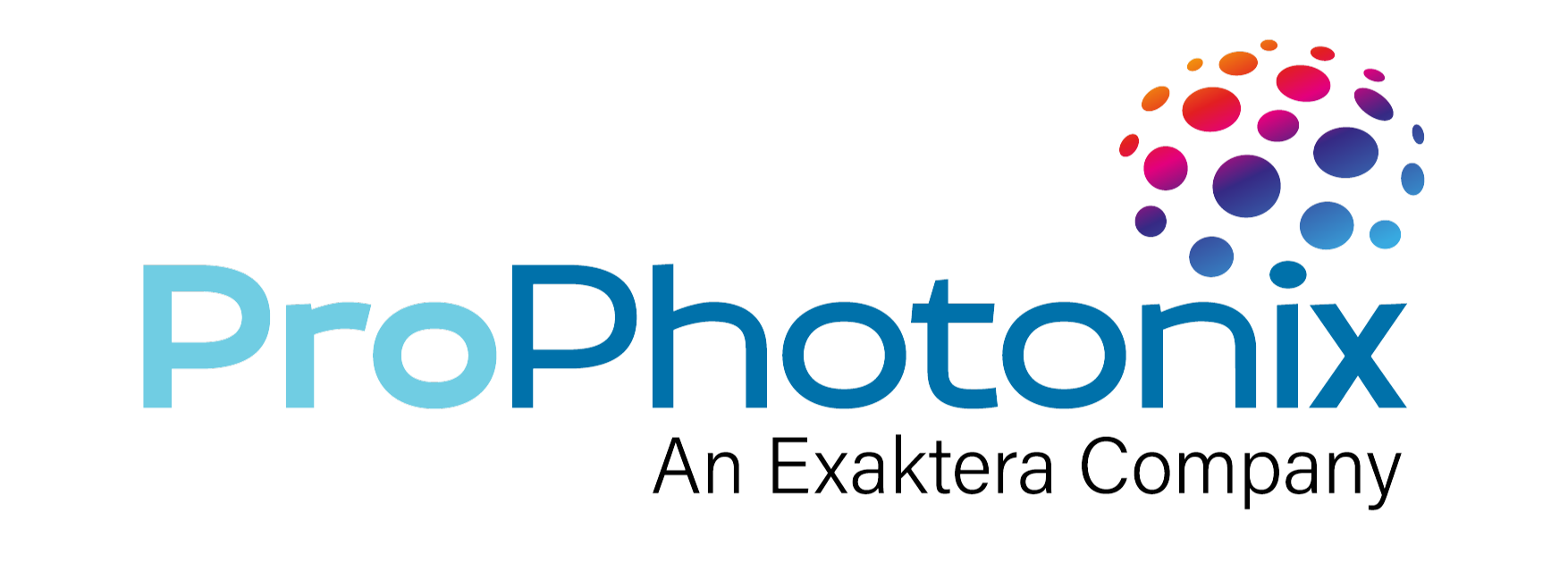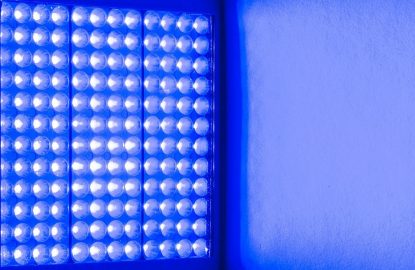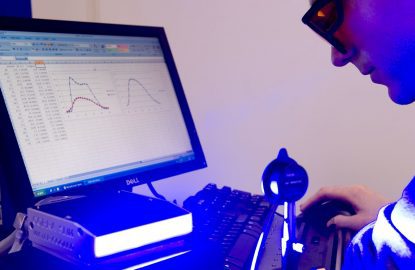In our last post, we discussed IR Machine Vision Lighting and Applications. In this post, we will examine the key considerations when selecting infrared machine vision lighting.
1. Inspection Material Properties
The first consideration, when selecting machine vision lighting, should always be the material under inspection. Determining the transmission or reflective properties of your material is the first step in identifying the correct wavelength for your application.
2. Environment
Excessive, low light or variable lighting conditions can affect the performance of your vision system. With these environmental conditions, it may be best to use a non-visible IR wavelength to achieve the optimum performance for your application.
3. Camera Sensitivity
Camera sensitivity in the IR region varies significantly and will depend on the type of camera you are using. The key to success in many infrared machine vision lighting applications is to balance the sensitivity of the camera with the transmissive or reflective properties of the material under inspection and LED efficiency.
4. Wavelength
Although IR LEDs have been around since the 1960s, LED efficiencies still vary between 10% and 35%. To select the optimum wavelength for your application, you must manage the trade-offs between LED efficiency, camera sensitivity & other factors.
5. Safety
Safety is a key consideration in some IR applications. In ANPR/ ALPR applications, the key safety consideration is eye safety. In this application, the trade-off is to select a wavelength that optimizes camera sensitivity, but takes into account the sensitivity of the human eye, thus ensuring that road users are not impacted by the ANPR system. Intensity will always need to be managed to ensure the safety of users.
6. Cost Considerations
All of the above are technical considerations, but as any project manager knows, cost is also a consideration. Your IR solution should offer good value for money. To ensure this, select a manufacturer with the ability to manage low or high volume manufacturing.
7. Form factor
All too often, form factor is not considered until too late in the design of the machine vision lighting system. Although we have listed this last, it is a key consideration when designing a machine vision system for your application. A light that achieves the required intensity at the optimum wavelength is of little use, if it does not fit properly into your system. ProPhotonix’ Chip on Board LED technology capability means that it can produce some of the most compact IR machine vision lighting on the market.
To learn more, visit our Infrared Machine Vision Lighting page.
ProPhotonix is a leading designer and manufacturer of Laser Diodes, Laser Modules, UV LED Curing Systems, LED Products, and UVC LED Disinfection Systems. Contact us for free expert advice on selecting the optimal solution for your system.
Explore our wide range of high quality LED lighting machine vision products including LED Line Lights, LED Area Lights, LED Ring Lights and LED Spot Lights. Our LED lighting solutions deliver efficiency and reliability. Contact us today for free expert advice on LED Lighting Machine Vision products.



